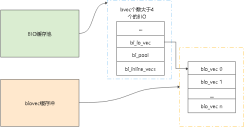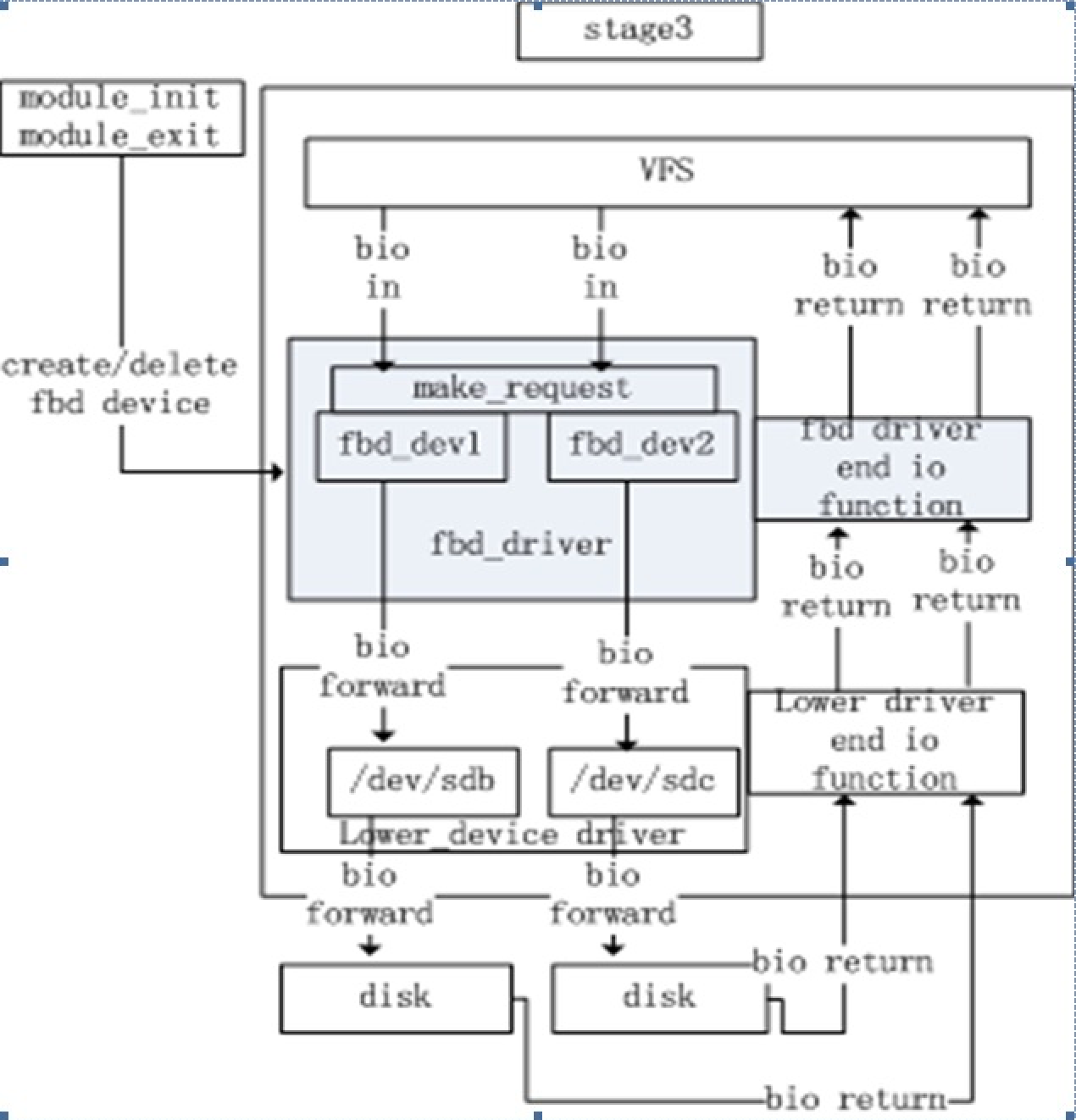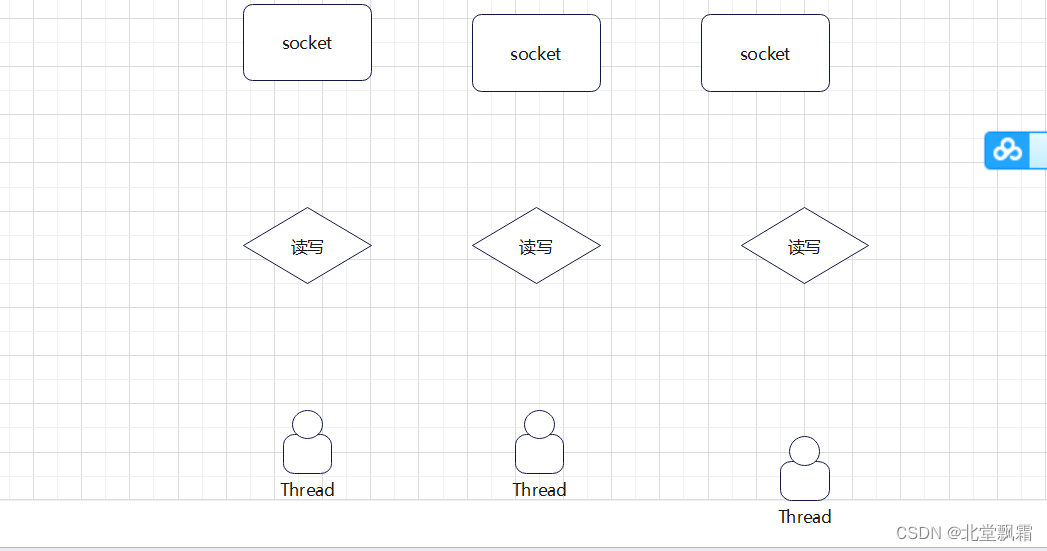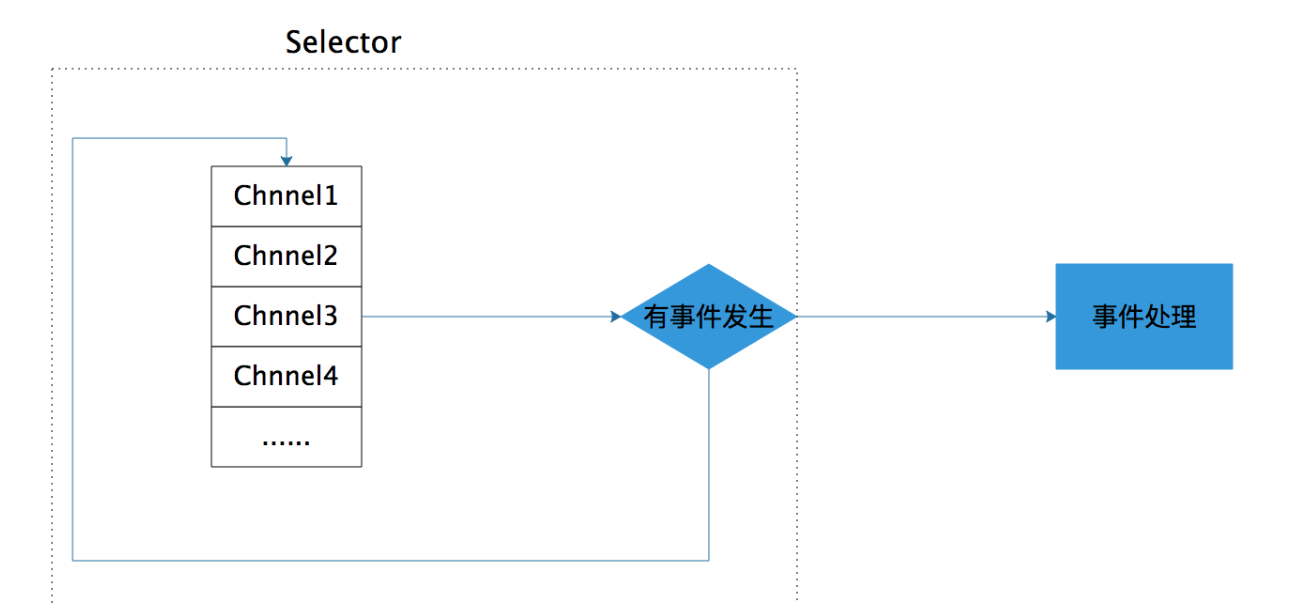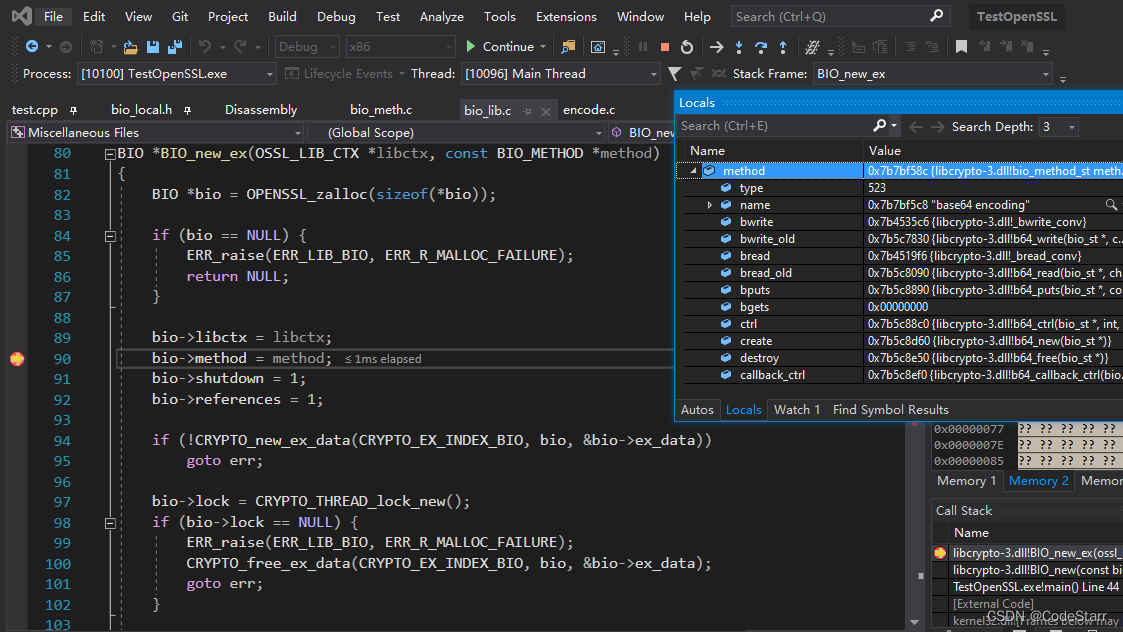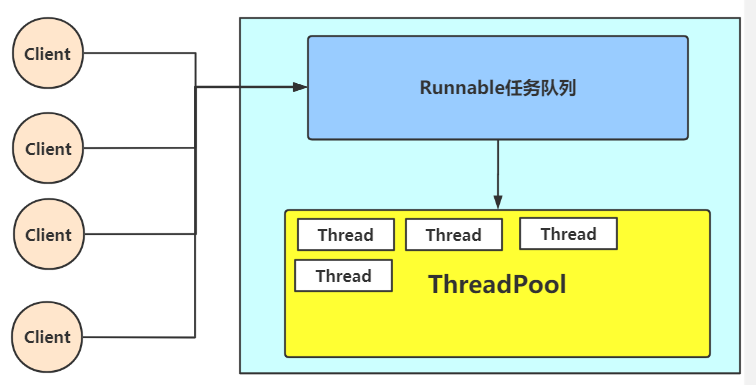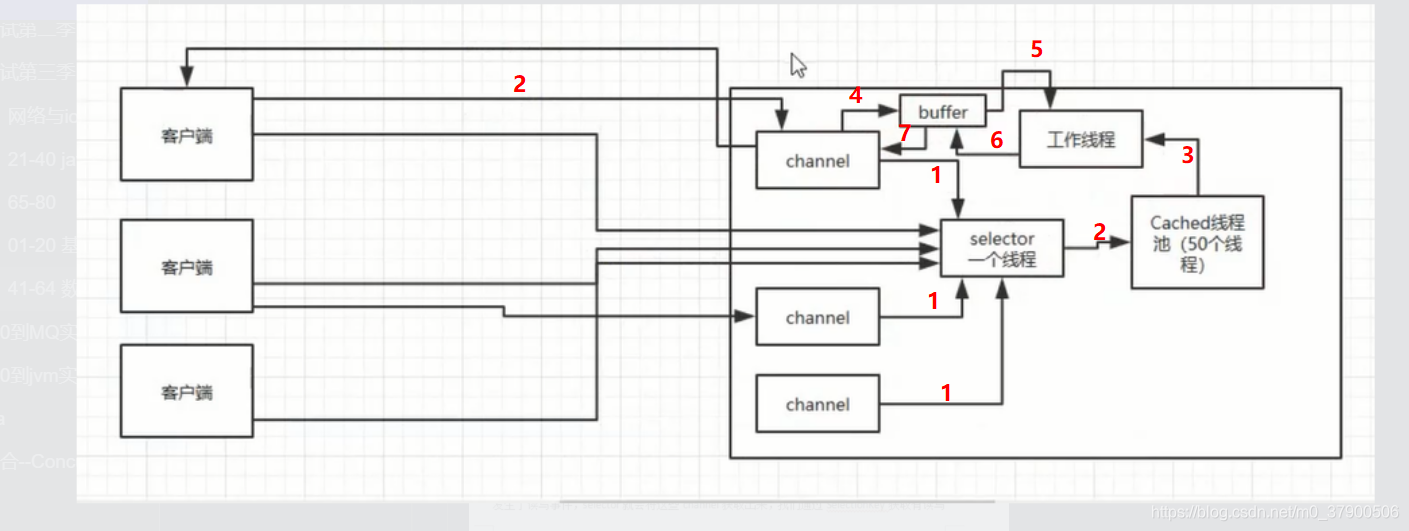视听说教程(第三版)4
quiz 3
Reading Comprehension
Section A
Passage One
Questions 1 to 5 are based on the following passage.
The destruction of our natural resources and contamination of our food supply continue to occur, largely because of the extreme difficulty in affixing legal responsibility on those who continue to treat our environment with reckless abandon. Attempts to prevent pollution by legislation, economic incentives and friendly persuasion have been met by lawsuits, personal and industrial denial and long delays — not only in accepting responsibility, but more importantly, in doing something about it.
It seems that only when the government decides it can afford tax incentives or production sacrifices will there be any initiative for change. Where is industry’s and our recognition that protecting mankind’s great treasure is the single most important responsibility? If ever there is time for environmental health professionals to come to the frontlines and provide leadership to solve environmental problems, that time is now.
We are being asked, and, in fact, the public is demanding that we take positive action. It is our responsibility as professionals in environmental health to make the difference. Yes, the ecologists, the environmental activists and the conservationists serve to communicate, stimulate thinking and promote behavioral change. However, it is those of us who are paid to make the decisions to develop, improve and enforce environmental standards, I submit, who must lead the change.
We must recognize that environmental health issues do not stop at city limits, county lines, state or even federal boundaries. We can no longer afford to be tunnel-visioned in our approach. We must visualize issues from every perspective to make the objective decisions. We must express our views clearly to prevent media distortion and public confusion.
I believe we have a three-part mission for the present. First, we must continue to press for improvements in the quality of life that people can make for themselves. Second, we must investigate and understand the link between environment and health. Third, we must be able to communicate technical information in a form that citizens can understand. If we can accomplish these three goals in this decade, maybe we can eventually stop environmental degradation, and not merely hold it back. We will then be able to spend pollution dollars truly on prevention rather than on bandages.
- We can infer from the first two paragraphs that the industrialists disregard environmental protection chiefly because ____.
A) they are reluctant to sacrifice their own economic interests
B) time has not yet come for them to put due emphasis on it
C) they are unaware of the consequences of what they are doing
D) it is difficult for them to take effective measures
- The main task now facing ecologists, environmental activists and conservationists is ____.
A) to improve the quality of life by enforcing environmental standards
B) to take radical measures to control environmental pollution
C) to prevent pollution by legislation, economic incentives and persuasion
D) to arouse public awareness of the importance of environmental protection
- The word “tunnel-visioned” (Sentence 2, Para. 4) most probably means “____”.
A) able to see only one aspect
B) short-sighted
C) blind to the facts
D) narrow-minded
- Which of the following, according to the author, should play the leading role in the solution of environmental problems?
A) The efforts of environmental health professionals.
B) The cooperation of ecologists, environmental activists and conservationists.
C) The industry’s understanding and support.
D) Legislation and government intervention.
- Which of the following is true according to the last paragraph?
A) More money should be spent in order to stop pollution.
B) Environmental degradation will be stopped by the end of this decade.
C) Efforts should be exerted on pollution prevention instead of on remedial measures.
D) Ordinary citizens have no access to technical information on pollution.
Passage Two
Questions 6 to 10 are based on the following passage.
Is there enough oil beneath the Arctic National Wildlife Refuge (保护区) (ANWR) to help secure America’s energy future? President Bush certainly thinks so. He has argued that tapping ANWR’s oil would help ease California’s electricity crisis and provide a major boost to the country’s energy independence. But no one knows for sure how much crude oil lies buried beneath the frozen earth with the last government survey, conducted in 1998, projecting output anywhere from 3 billion to 16 billion barrels.
The oil industry goes with the high end of the range, which could equal as much as 10% of U.S. consumption for as long as six years. By pumping more than 1 million barrels a day from the reserve for the next two or three decades, the lobbyists claim, the nation could cut back on imports equivalent to all shipments to the U.S. from Saudi Arabia. Sounds good. An oil boom would also mean a multibillion-dollar windfall (意外之财) in tax revenues, royalties (开采权使用费) and leasing fees for Alaska and the Federal government. Best of all, the advocates of drilling say, damage to the environment would be insignificant. “We’ve never had a document case of oil rig chasing deer out onto the pack ice,” says Alaska State Representative Scott Ogan.
“Not so far”, say the environmentalists. Sticking to the low end of government estimates, the National Resources Defense Council says there may be no more than 3.2 billion barrels of economically recoverable oil in the coastal plain of ANWR, a drop in the bucket that would do virtually nothing to ease America’s energy problems. And consumers would wait up to a decade to gain any benefits, because drilling could begin only after much bargaining over leases, environmental permits and regulatory review. As for ANWR’s impact on the California power crisis, environmentalists point out that oil is responsible for only 1% of the Golden State’s electricity output — and just 3% of the nation’s.
- What does President Bush think of tapping oil in ANWR?
A) It will increase America’s energy consumption.
B) It will help reduce the nation’s oil imports.
C) It will exhaust the nation’s oil reserves.
D) It will help secure the future of ANW
- We learn from the second paragraph that the American oil industry ____.
A) shows little interest in tapping oil in ANWR
B) believes that drilling for oil in ANWR will produce high yields
C) expects to stop oil imports from Saudi Arabia
D) tends to exaggerate America’s reliance on foreign oil
- Those against oil drilling in ANWR argue that ____.
A) it will drain the oil reserves in the Alaskan region
B) it can do little to solve energy problems
C) it will not have much commercial value
D) it can cause serious damage to the environment
- What do the environmentalists mean by saying “Not so far” (Sentence 1, Para.3)?
A) Oil exploitation takes a long time.
B) The oil drilling should be delayed.
C) Don’t expect fast returns.
D) Don’t be too optimistic.
- It can be learned from the passage that oil exploitation beneath ANWR’s frozen earth ____.
A) remains a controversial issue
B) will enable the to be oil independent
C) is expected to get under way soon
D) involves a lot of technological problems
Section B
A) contempt
B) allocate
C) balanced
D) typical
E) discrimination
F) dramatically
G) origin
H) minority
I) crafted
J) disregarded
- Until 1986 most companies would not even accept women’s applications but such obvious_____ is now disappearing.
- It’s just _____of John to spend all that money on the equipment and then lose interest half way through the course.
- She’s in love with him so she’s hardly capable of making a_____ judgment about him.
- As a project leader, you will have to _____ jobs to people.
- He said that criticisms didn’t worry him as he held most of the critics in_____ anyway.
- Your life will change _____ once you have a baby and take him or her as the center of your family.
- What a beautifully _____ silver brooch! It can always tell by the quality of this
hand-made piece of decorative object. - It’s only a tiny _____ of rebels who are causing the violence.
- “Can anyone tell me the _____ of this saying: Don’t count your chickens before
they’re hatched?” the teacher asked. - What amazes me is that he should completely ______anyone else’s opinion at the meeting.
EDCBA FIHGJ
Vocabulary and Structure
Section A
- Do you think it will ever be possible to alter human ______________ material in order to produce the “perfect” human being?
A) general
B) generous
C) genuine
D) genetic
- We had to wait months for the council to ______________ our plans to extend our house.
A) assign
B) approve
C) argue
D) approach
- In the first days at the school you’ll be given a test to help the teachers to ______________ you to a class at your level.
A) locate
B) assign
C) deliver
D) place
- Nuclear weapons ______________ a very real threat to the world peace.
A) condemn
B) contain
C) consult
D) constitute
- Discrimination on the basis of race, ______________, age or disability is not allowed.
A) gender
B) gene
C) generation
D) gear
- He was ill for six months and ______________ with his schoolwork.
A) called on
B) carried over
C) put away
D) fell behind
- His early death caused many of his political ______________ to remain unfulfilled.
A) aspirations
B) accumulation
C) acquaintance
D) application
- “The United States must be prepared to deal with hostile actions against our citizens or our ______________ interests.” Carter added.
A) vital
B) vivid
C) visual
D) visible
- After her illness, Fiona had become ______________ thinner.
A) indirectly
B) culturally
C) noticeably
D) vitally
- A committee has been established to address the problem of racial and sexual ______________ within the industry.
A) bias
B) bar
C) barrier
D) bond
//中文注解都是亲自查阅并打上去的,既是为了完善自己的词库,同时也有助于小伙伴们的阅读与理解
//您的支持是我更新的不竭动力!
//希望点个赞或者投个币,支持一下吧!(一键三连也可以哦)
👇👇👇





